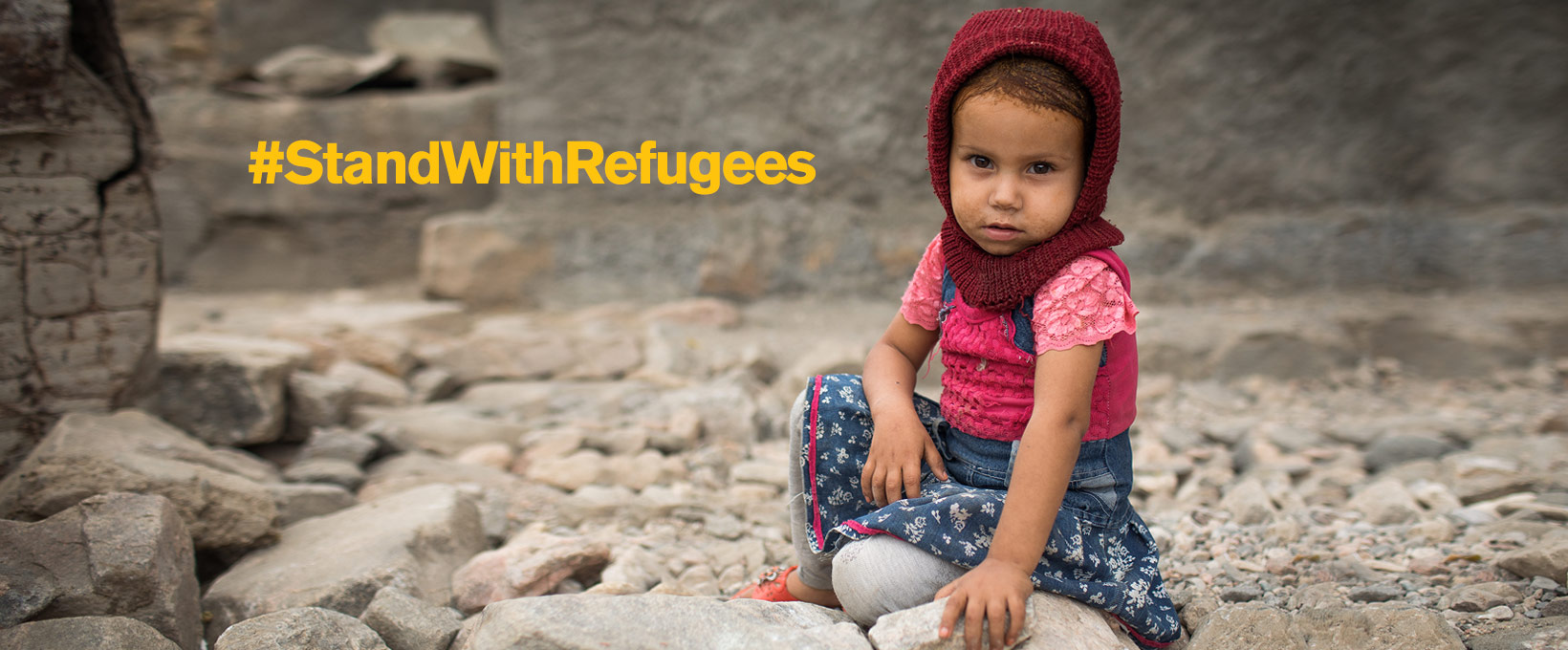Now that you’ve adjusted to having to use Facebook’s new Timeline format, it’s time to take advantage of what it does best to generate engagement for your cause. While building an effective social marketing strategy through Facebook takes time and consistent effort, these 5 quick tips highlight the most important ways your nonprofit can adjust your approach using Facebook Timeline to generate a stronger social media presence and drive audience response.
1. A Cover Image That Tells a Story
Taking up a whopping 70% of the vertical space at the top of your page, your cover photo is the vital hook to draw your visitors and community into your organization’s story. Think of your cover image as your homepage—it’s the entry-point to your brand, and it needs to quickly engage all your audiences. So go back to brand basics—focus on communicating your value in a single image in a way that’s relevant, specific, and emotionally compelling. A great example of a nonprofit that’s gotten it right is the Animal Humane Society:
Not much explanation needed here! It’s striking, emotional, and perfectly captures the Animal Humane Society’s mission—all without saying a word.
It’s a great idea to keep your your nonprofit’s cover image fresh by changing it up every now and then. Just make sure you’re consistent to your brand’s design standards and stick to your key brand themes, so that it doesn’t come off as a brand makeover each time and confuse your fans. Some organizations, like the Food Bank of Contra Costa & Solano, have taken the opportunity Timeline’s branded images create to turn them into a viral marketing campaign that fans can use as their personal Timeline cover photos.
Whatever direction you choose to go with your Facebook Timeline cover image, make sure you follow the basic rules for what is and isn’t allowed.
2. A Tagline That Complements Your Cover Image
Like with traditional billboard advertising, when using content in a Facebook Timeline image, imagine people will view only it for a few seconds at best. Keep it simple, and keep it targeted. Whether this means weaving in your tagline, or integrating a specific nonprofit campaign or program message into your cover photo, keep the text minimal. Make sure it’s motivational, easy to remember, and clearly reinforces your image.
The International Rescue Committee’s approach to Facebook timeline images demonstrates the power of integrating image and content perfectly:
Old Image:

Current Image:

The old cover photo tugs the emotional heartstrings by featuring an African baby strapped to her mother’s back—the epitome of protection. The four simple words, From Harm to Home, further hone this message by specifying what exactly the image represents in terms of the International Recue Committee’s mission. The new cover image focuses on the power of words to send a poignant and reality-driven message. The image of the woman supports the text by adding an emotional touch.
3. Storytelling Through the Chronology of Posts
One of the biggest benefits of Facebook’s new Timeline format is that you can tell your nonprofit’s story over time, actively curating current and past content to keep your audience connected to meaningful information and events. Going back in timeline also has the benefit of helping you tell an emotional story about your nonprofit brand’s history and impact. Livestrong is one of the nonprofits currently doing a great job demonstrating the power of putting a personal story behind their brand. Easily accessible from the right-hand timeline by year, their founding post looks like this:
This initial post, still easily viewable by “going back in time” today, tells people simply, and without dramatic innuendo, the story of the Livestrong brand. Since their founding, Livestrong has effectively used storytelling techniques to propel their mission on Facebook, so it’s no surprise they’ve done a great job curating their Facebook presence all the way back to their beginning.
4. Highlight Posts to Emphasize Relevance
Whereas Facebook’s old Wall format turned content into an endless stream of undifferentiated posts, Timeline now allows you to emphasize key posts in several different ways. The first is the “pin to top” feature, where you can emphasize one particularly important post, say one that notifies your nonprofit’s Facebook fans of an event or achievement, by giving it prime placement at the top of your page for 7 days. You can also highlight posts by starring them and making them larger to draw more views.
Similarly, you can help cut through the clutter and focus your nonprofit message by de-emphasizing posts by either hiding them or changing the date of posts to de-emphasize (or emphasize) its relevance to your audience.
One of Timeline’s best new features is also one if its most simple is —larger photos and videos in your posts. The result is a more emotionally engaging experience that relies on images instead of words to drive home your nonprofit’s message, allowing you to reinforce your brand’s aesthetic more fully within Facebook’s user experience.
5. Communicate Directly Through Messages
Facebook’s shift to Timeline also allows for more audience interaction with your brand. Now, people can easily see what their friends are saying about your organization and your cause. More importantly, nonprofits can now message fans individually and privately to address their comments, suggestions, or questions, allowing you to turn your social community into one-to-one marketing relationships.
Rather than cluttering up your Timeline (and annoying your audience) with responses that aren’t relevant to everyone, direct messaging offers you the opportunity to cultivate meaningful relationships with your most enthusiastic supporters—or address concerns in private without airing anyone’s dirty laundry. But there’s a catch! You’re only allowed to message back twice for every message you receive, so use these opportunities judiciously to deepen their support of your brand.
Facebook’s done a very nice job designing a new experience that offers increased opportunities to create a more strongly branded experience, and to more effectively market to and engage with your audience. The nonprofits that keep their audience engaged are the ones making most effective use of them.




